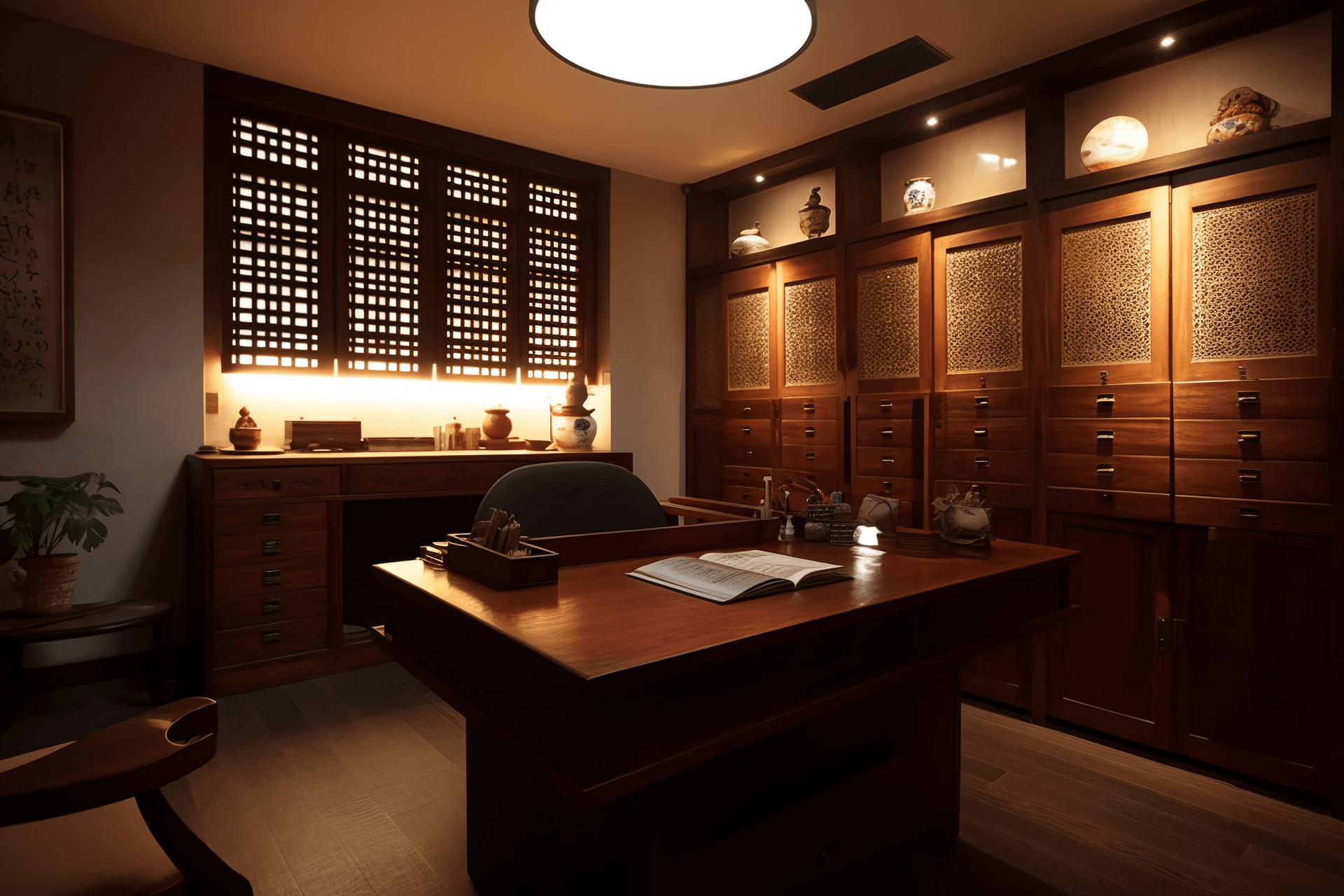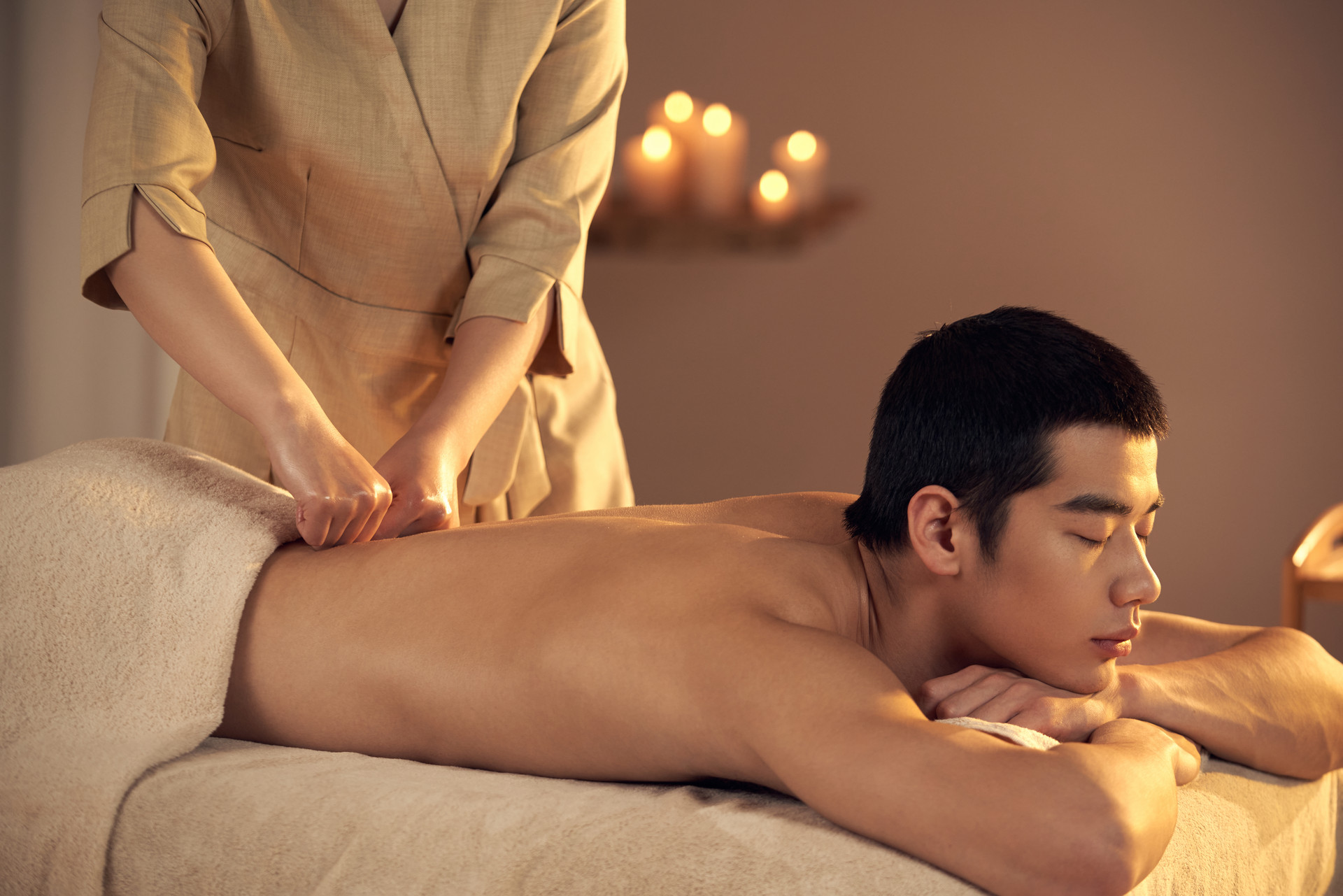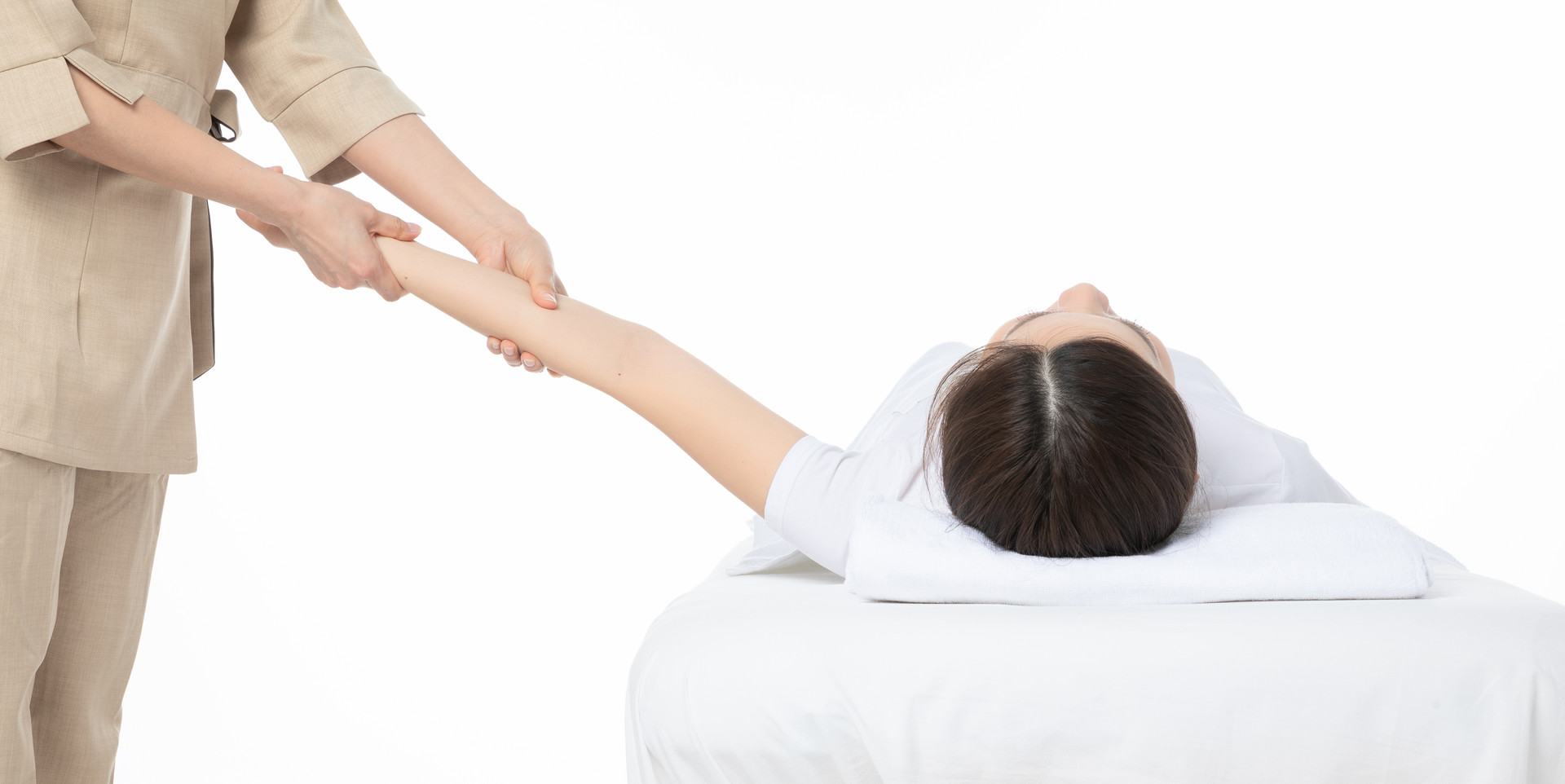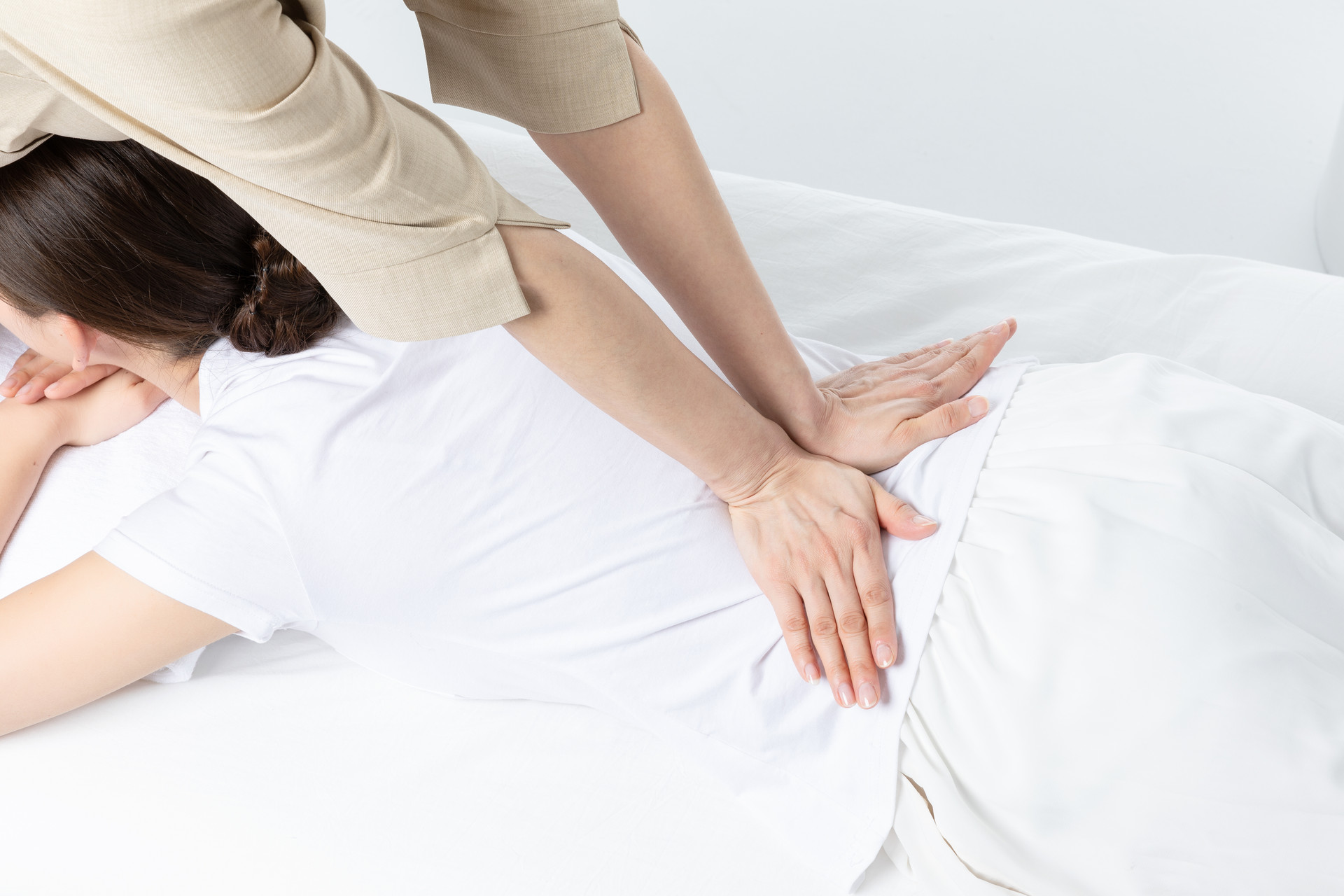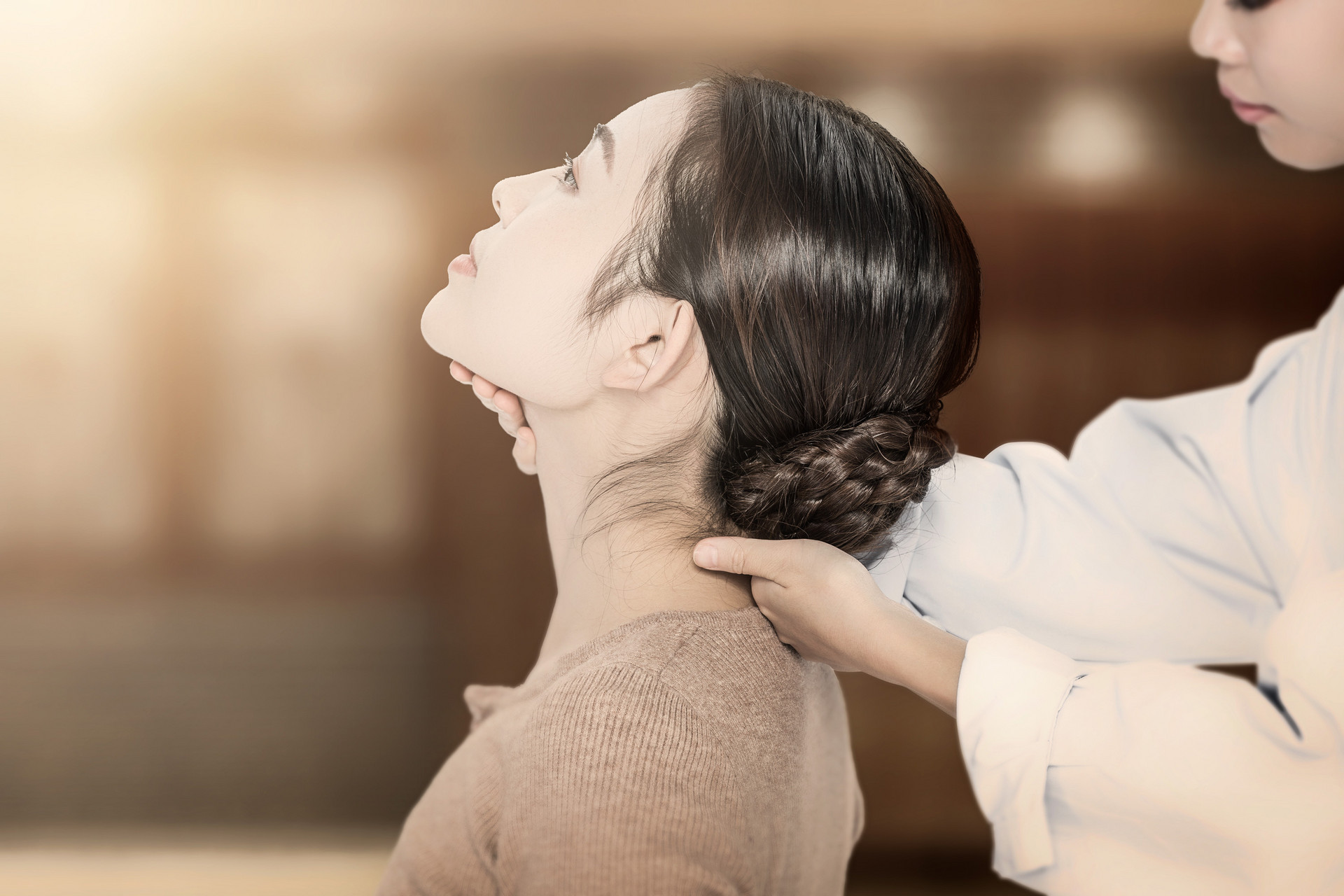Introduction to Techniques
Techniques refer to the use of both hands to place and restore injured bones and tendons. The severity of the injury determines the appropriate technique. The speed of recovery, whether there are residual disabilities, all depend on the appropriate application of techniques. The bones and muscles of the body are not uniform, and the twelve meridians and tendons are different. Therefore, one must have knowledge of the body's structure and be familiar with its different parts. When faced with a specific case, one must be skilled in observation and able to apply techniques accordingly. Whether it is pulling and reconnecting, pushing and repositioning, correcting or completing, the techniques aim to mend broken or dislocated bones and stretched or twisted tendons. Even if these are hidden beneath the flesh, they can be discerned and treated effectively through touch. The application of techniques should alleviate the patient's pain, hence the term "techniques". Moreover, many injuries are life-threatening, such as those affecting the brain and spinal cord, the heart and diaphragm, or injuries to the limbs that cause excruciating pain. Even if a person's vitality is strong and their blood easily circulates, recovery can still be hindered if the techniques are applied incorrectly. If a person's vitality is weak and they are already in a precarious state, a mistake in the application of techniques can be disastrous. This is why caution is of utmost importance. Indeed, proper bone setting requires clear understanding and skilled hands, as well as knowledge of the patient's condition and the appropriate use of techniques. Only then can it be effective. The human hand is a remarkable tool, capable of delicate movements and precise control, able to manipulate the body with varying speed and force, and to relieve the stagnation of blood and qi, alleviate pain and swelling of the flesh, and mend broken bones and twisted tendons. Compared to the use of tools and restraints, the difference is vast. Therefore, the use of techniques is the primary duty in bone setting.
Explanation of Techniques
Palpation: The practitioner uses their hands to carefully feel the injured area, whether the bone is broken, shattered, misaligned, intact, soft, hard, the tendon is strong, soft, twisted, straight, broken, running, thick, flipped, cold or hot, as well as the condition of the injury, whether it is new or old. They first palpate the area, whether it is due to a fall, a twist, or a collision, and then treat it accordingly.
Reduction: The practitioner brings the broken bone back into alignment, restoring it to its original position. When bones are dislocated or fractured, or shattered or misaligned, the practitioner skillfully reduces them, allowing the broken bone to be reconnected, the dislocated bone to be restored, the shattered bone to be reassembled, and the misaligned bone to be realigned. This can be done with techniques or with the use of tools, or a combination of both, depending on the practitioner's knowledge and skills.
Alignment: The practitioner uses one or both hands to stabilize the area that needs alignment, adjusting the pressure according to its severity. They may apply pressure from bottom to top, from the outside to the inside, or in a straight or diagonal manner. If a bone is displaced, it must be aligned with the appropriate technique. This ensures that the bone is aligned properly, preventing any long-term issues.
Elevation: The practitioner brings the dislocated bone back into position. There is no one-size-fits-all method; it depends on the severity and depth of the injury. For severe cases, a gentle elevation is required, as excessive force can worsen the condition. For minor cases, a more forceful elevation is needed, as a gentle elevation may not be effective.
Massage: Pressing and rubbing the injured area. This method is used for skin, muscle, and tendon injuries that cause swelling and numbness, but without bone fractures. If there is an injury due to falling or twisting, resulting in misaligned bones and stagnation of qi and blood, causing swelling and pain, massage can be used to stimulate the meridians and promote circulation, and to disperse the stagnation and reduce swelling. This method can bring relief to the patient.
Tuina (Pushing and Grasping): The practitioner pushes and grasps the area, returning it to its original position. If the swelling and pain have subsided, and the injury has healed, but there is still stiffness or lack of mobility in the tendons, or slight misalignment in the joints, it is not suitable to use reduction, alignment, elevation, or other methods. Instead, tuina should be used to stimulate the meridians and promote the circulation of qi and blood. The human body has various meridians and acupoints, and by pushing and grasping, the practitioner can adjust and balance the body's functions, promoting healing.
The above-mentioned methods are just a brief overview of the eight techniques. The precise application of these techniques and the mastery of their effectiveness depend on the practitioner's skill and experience.



